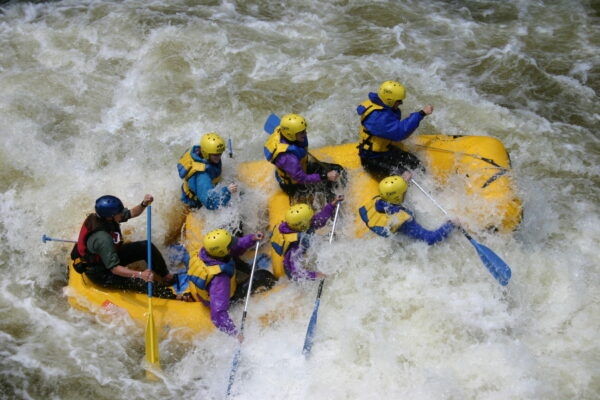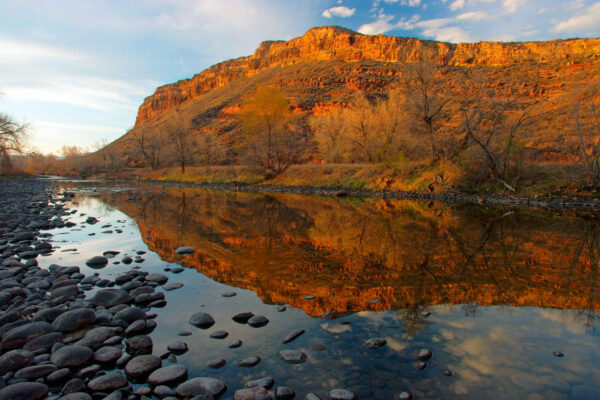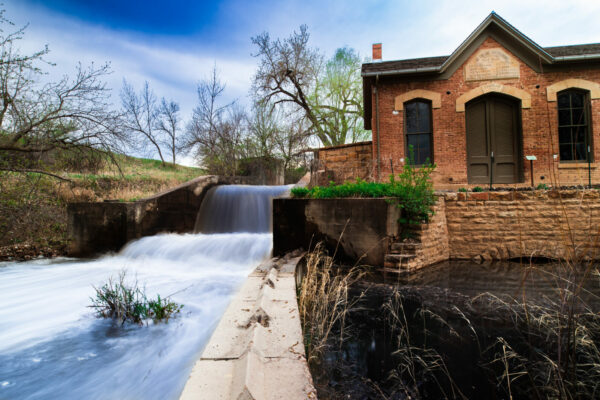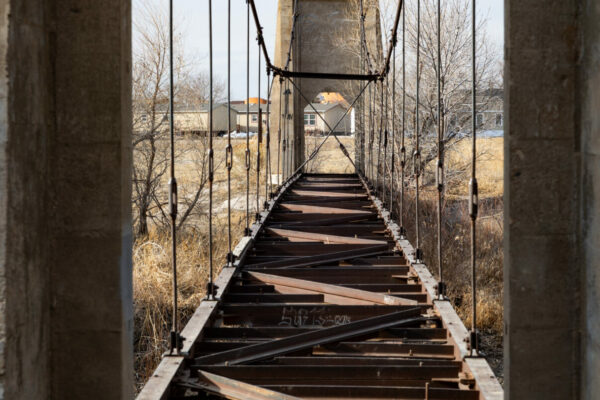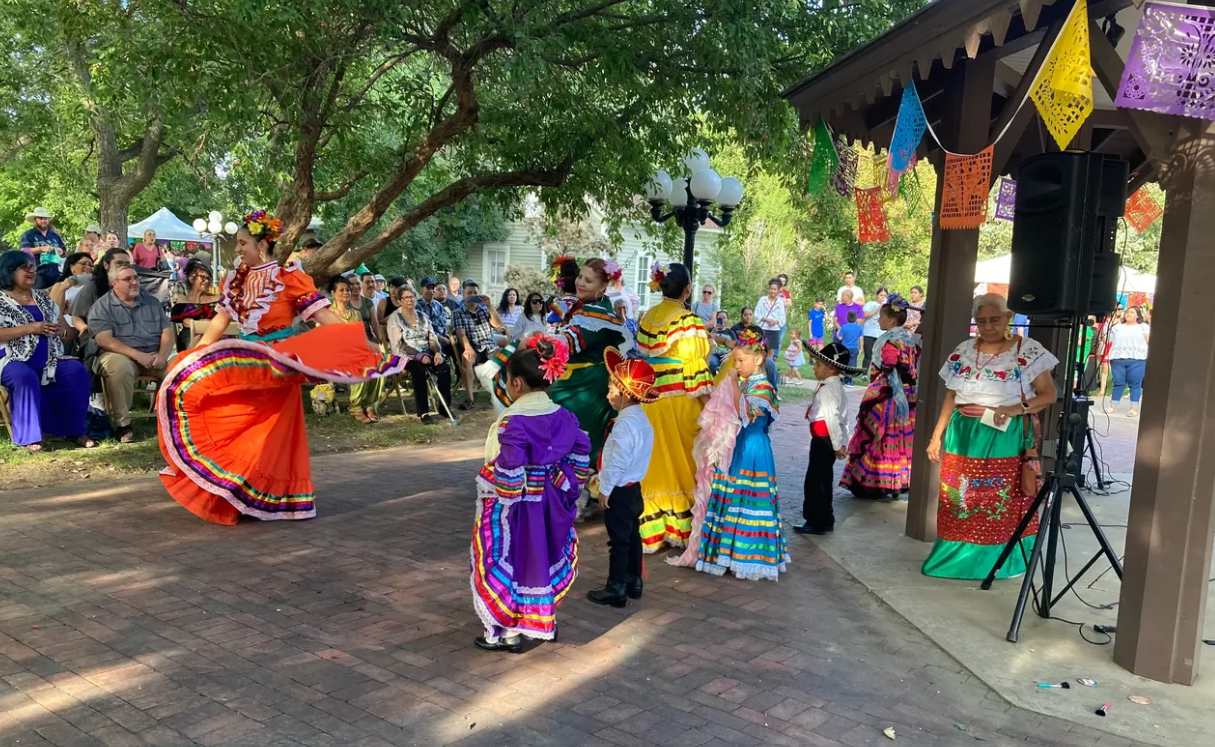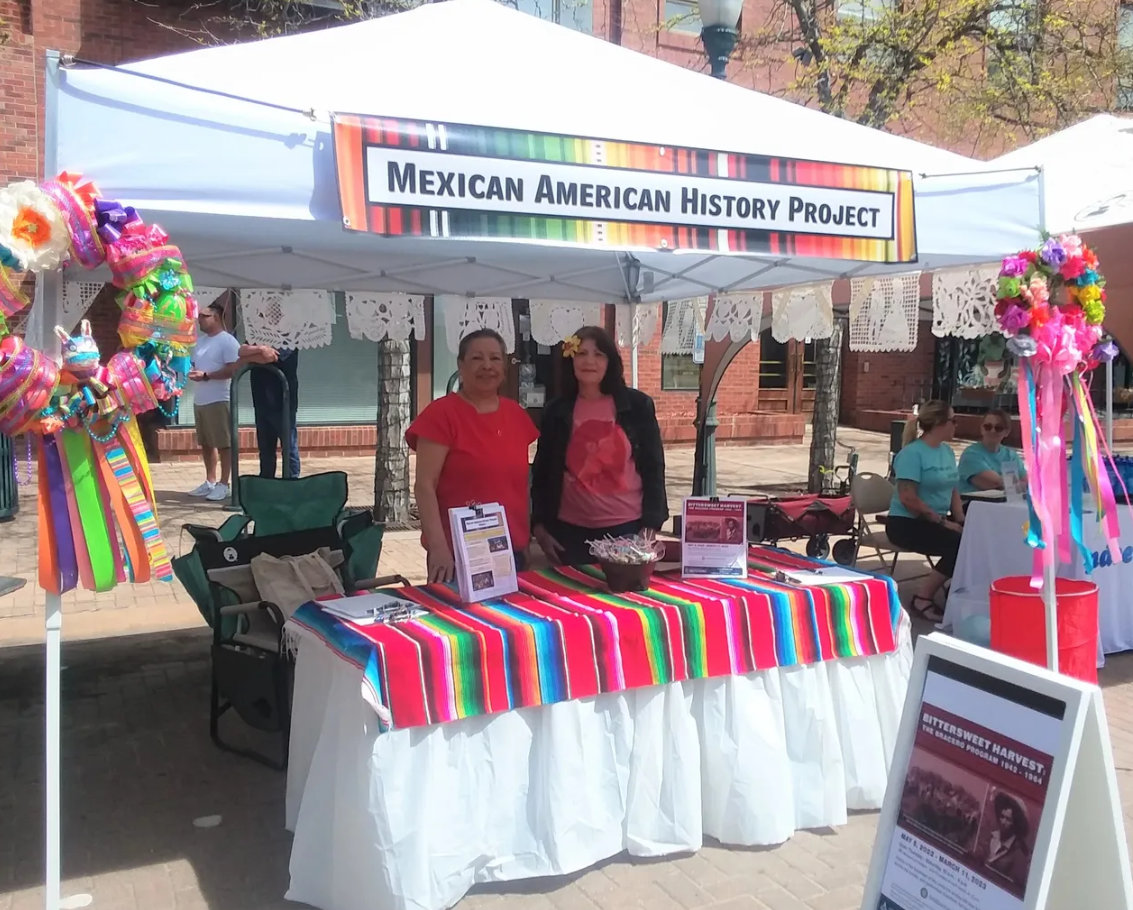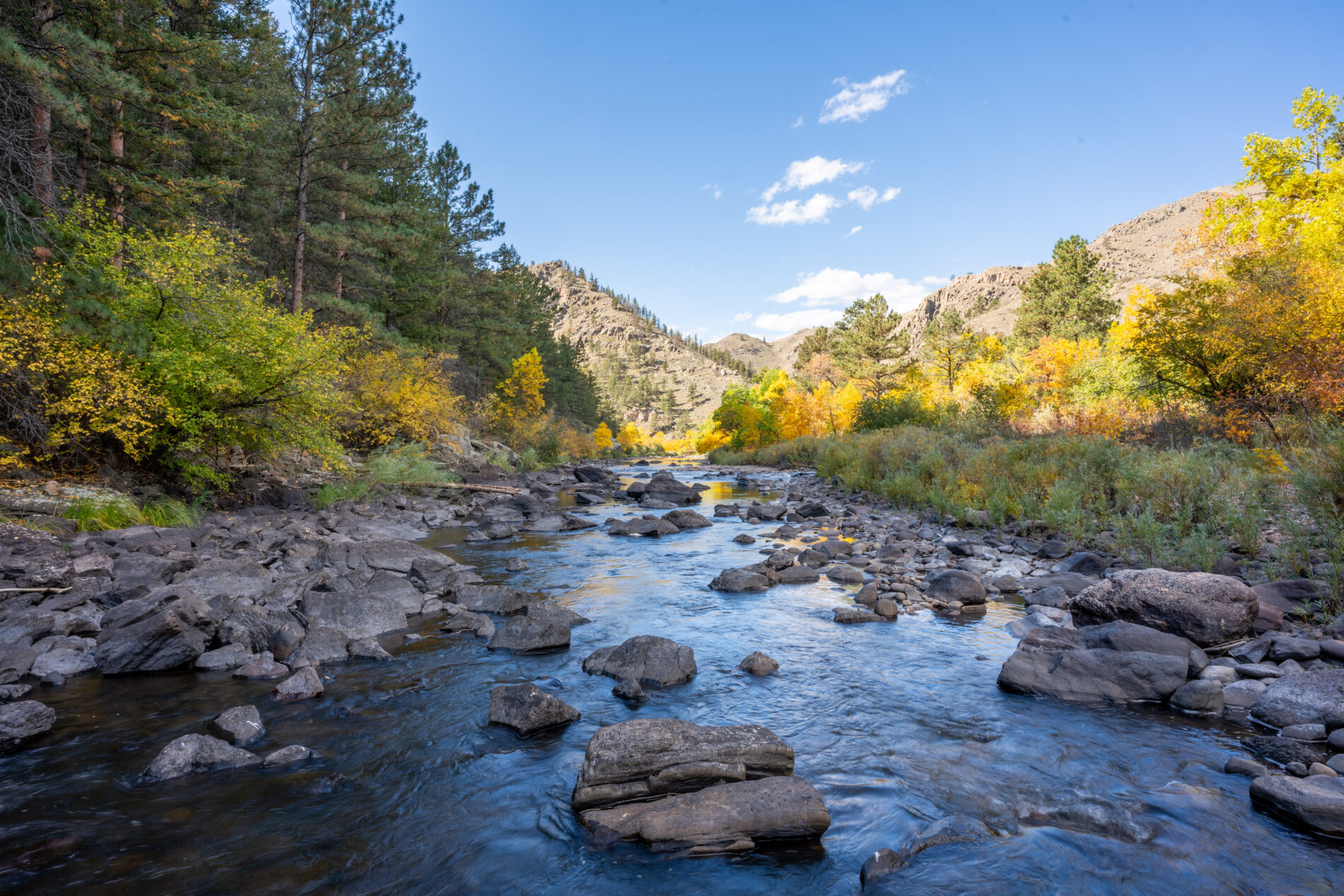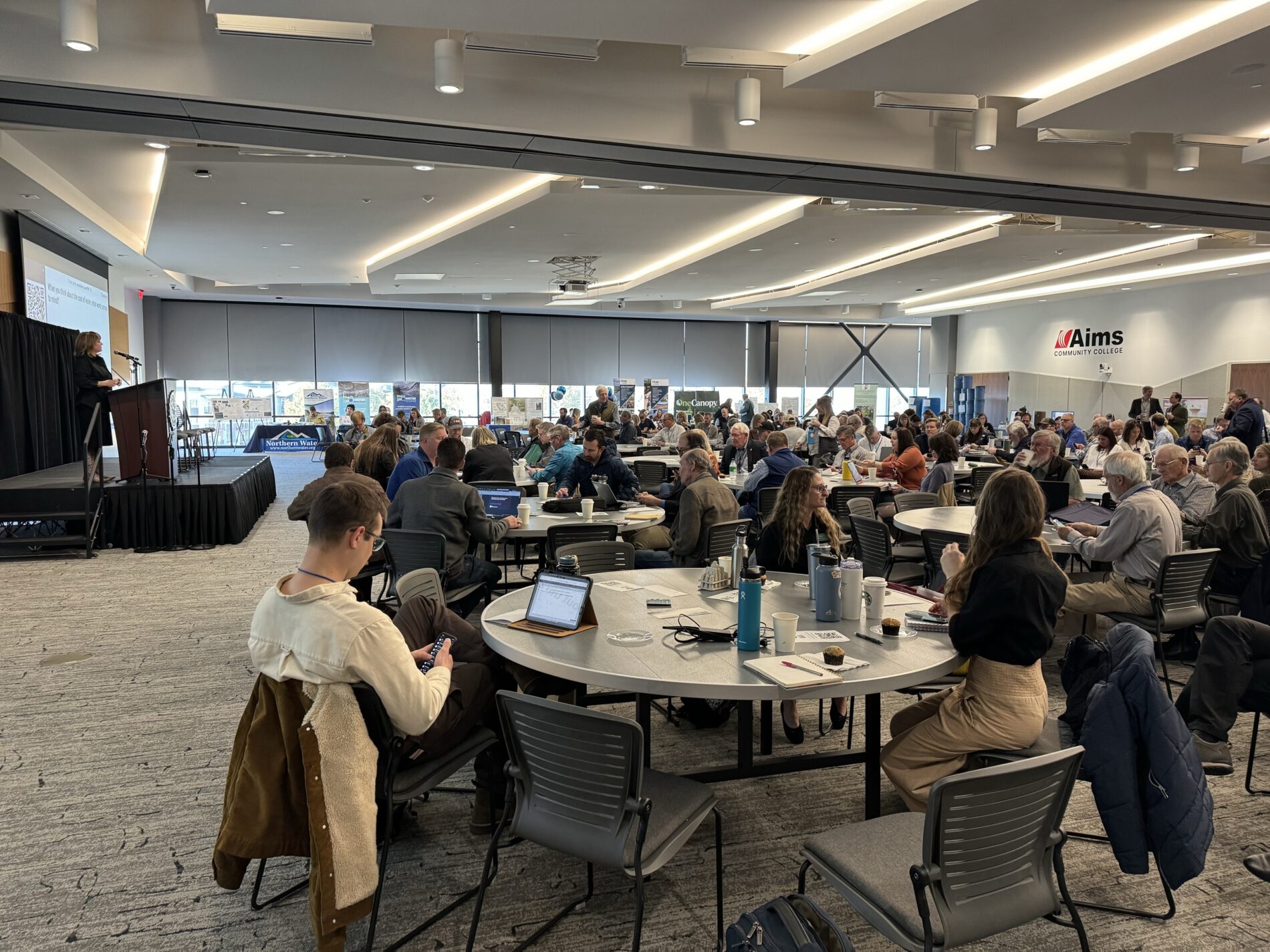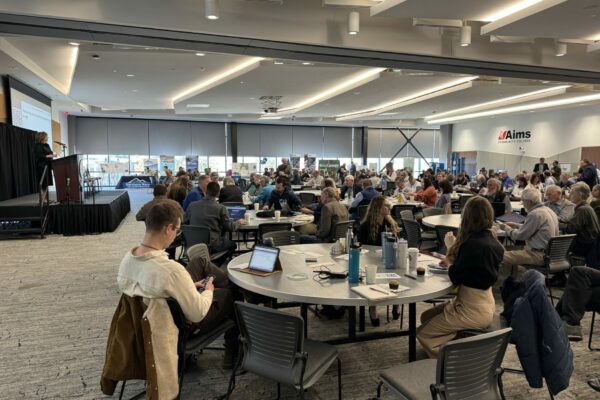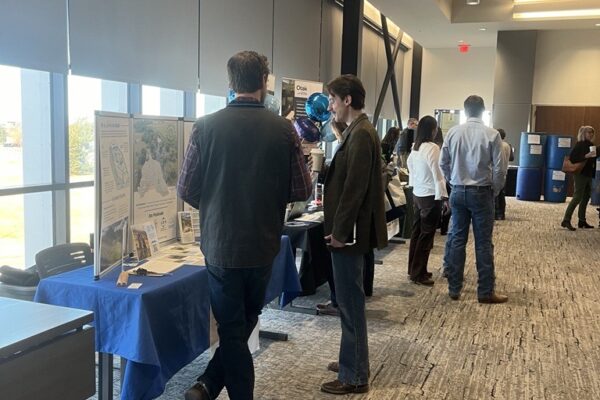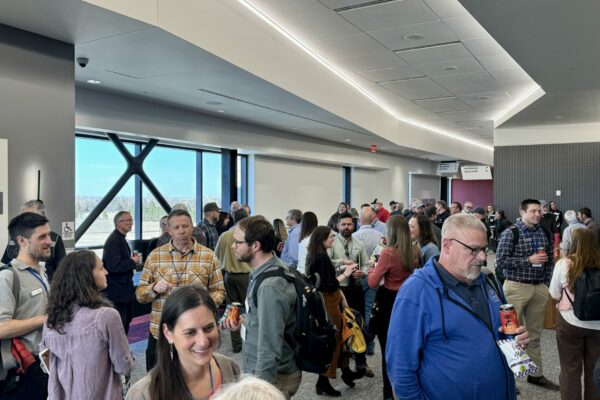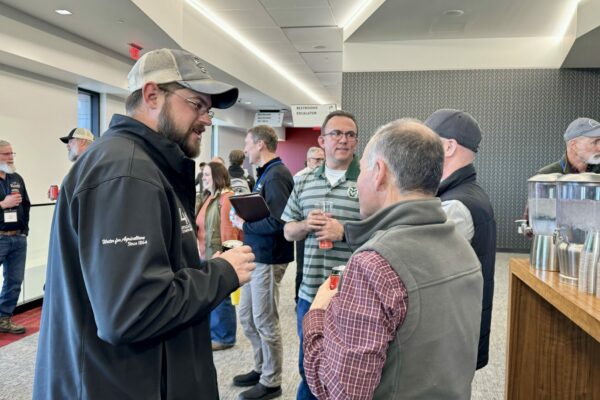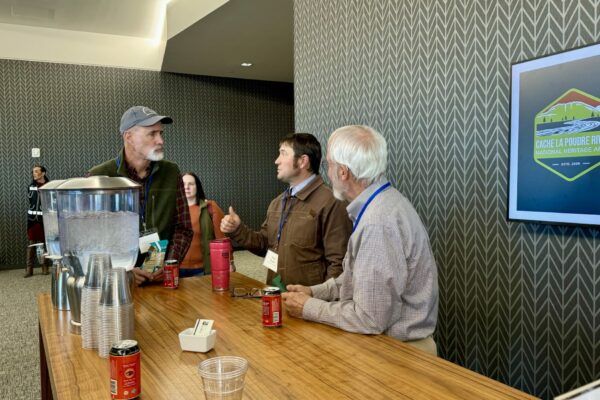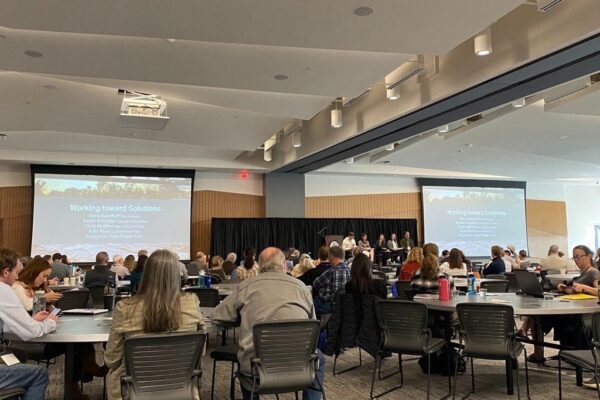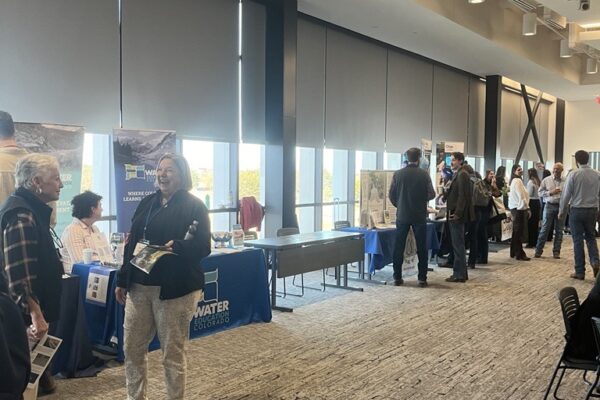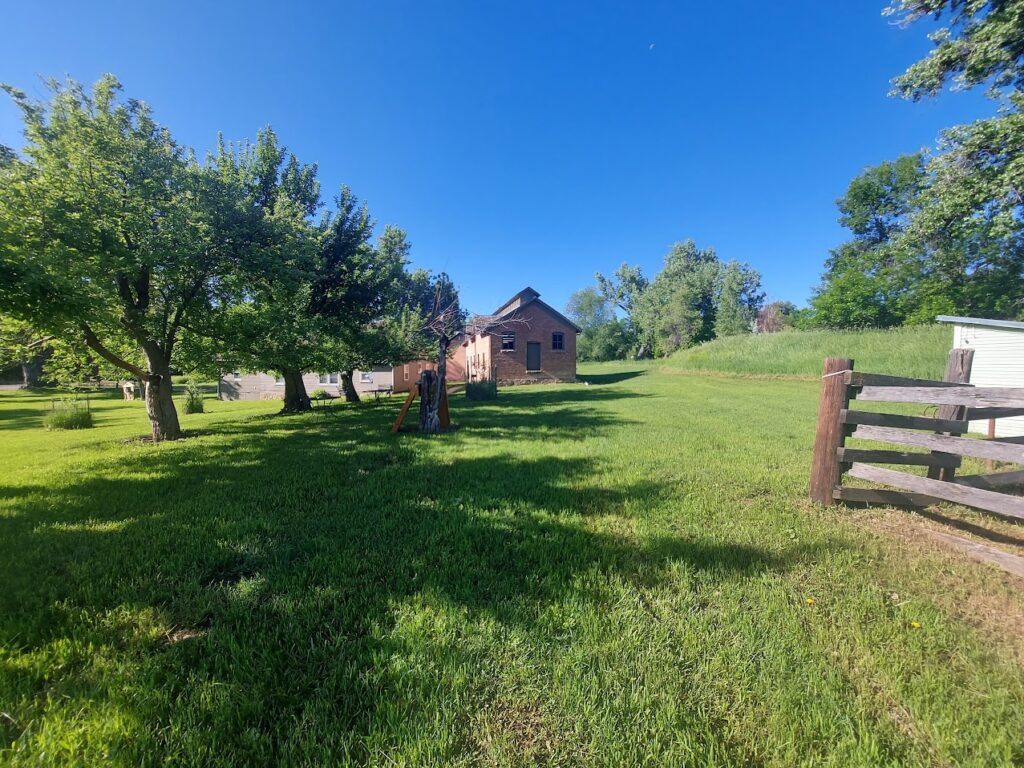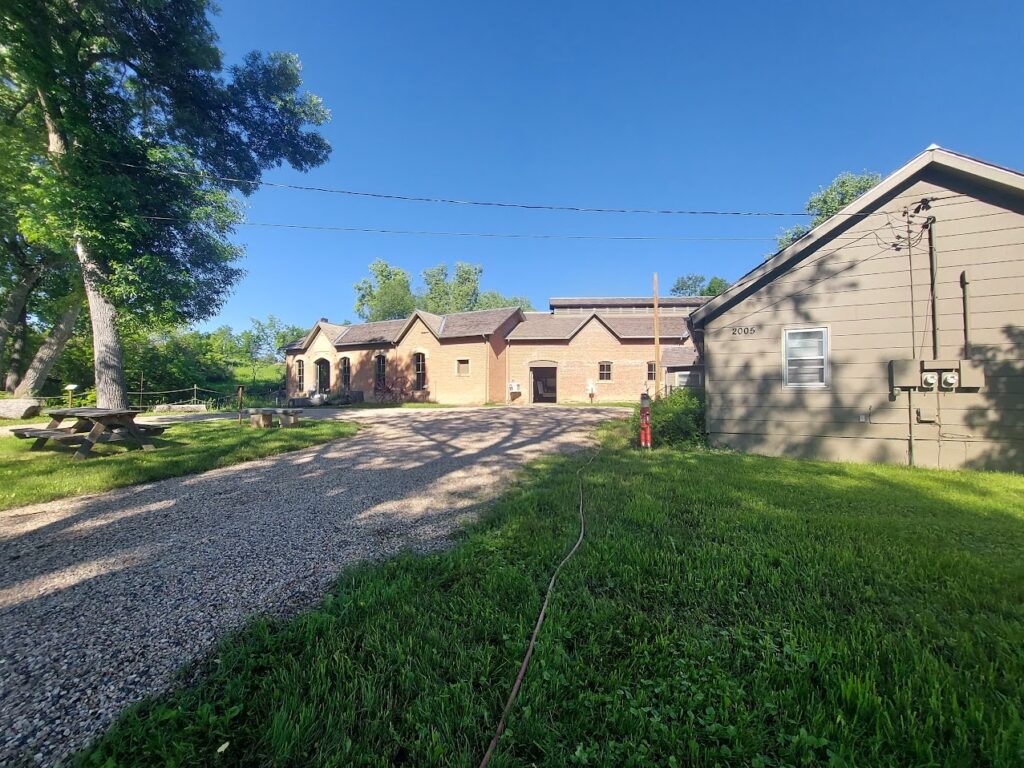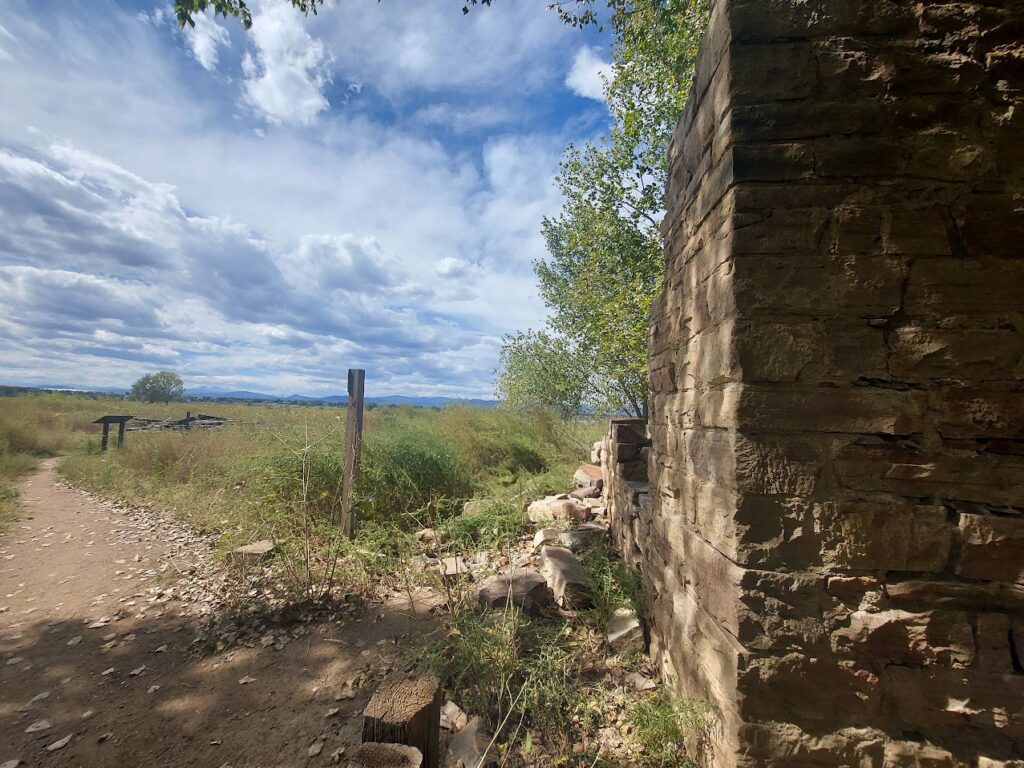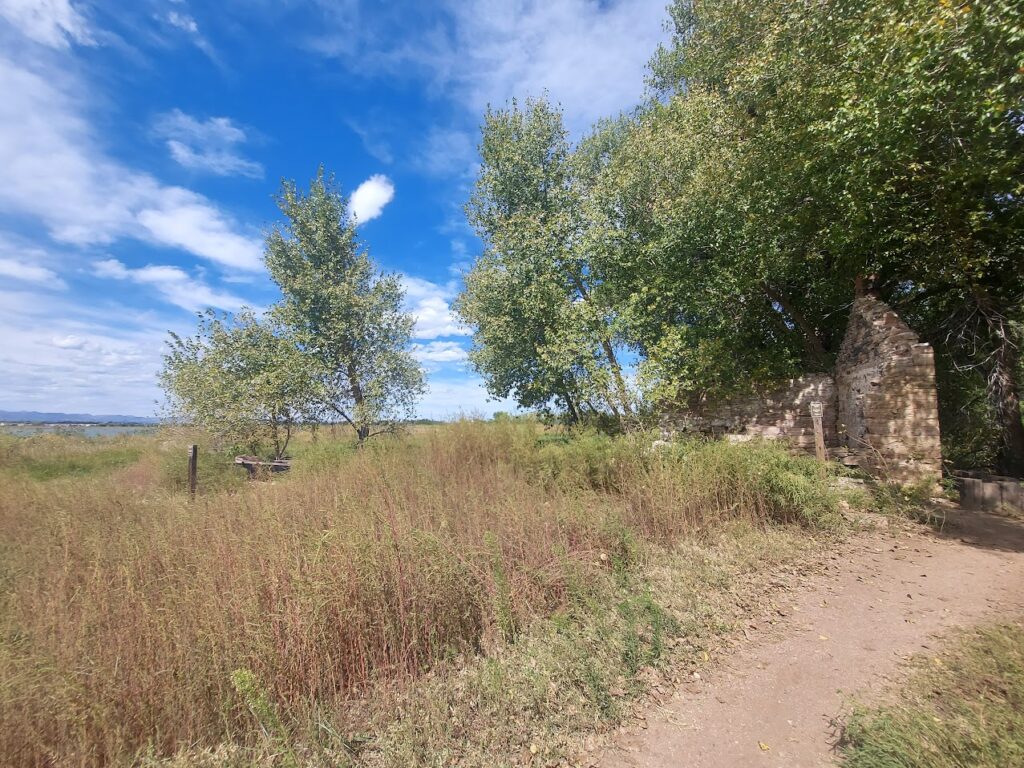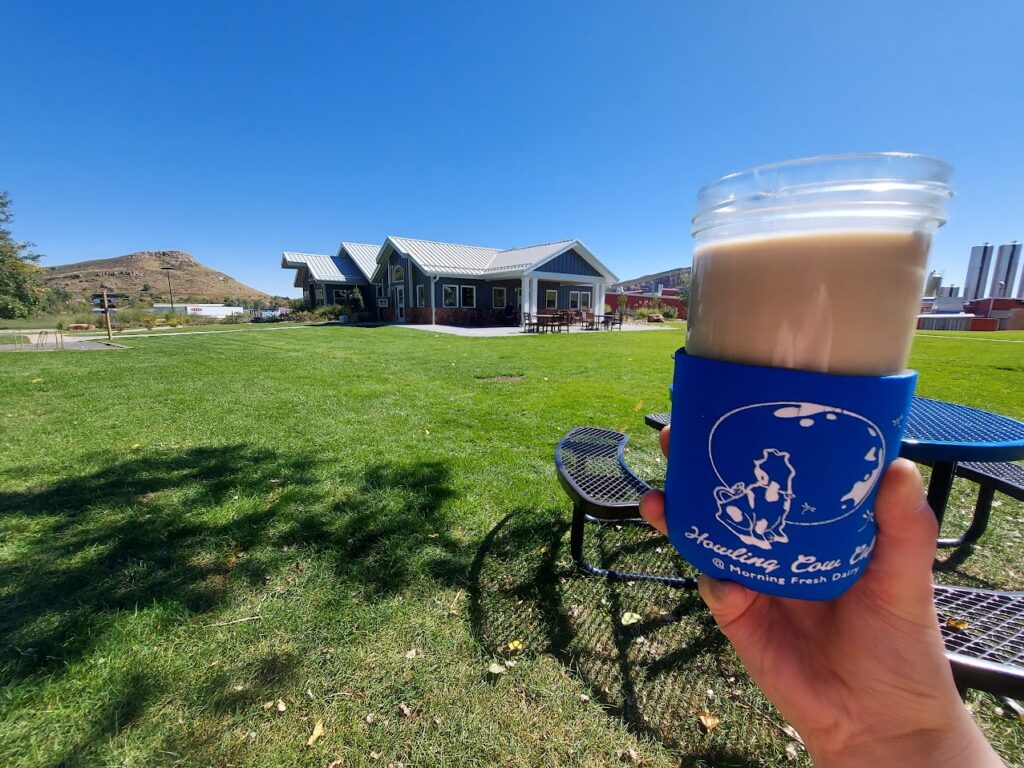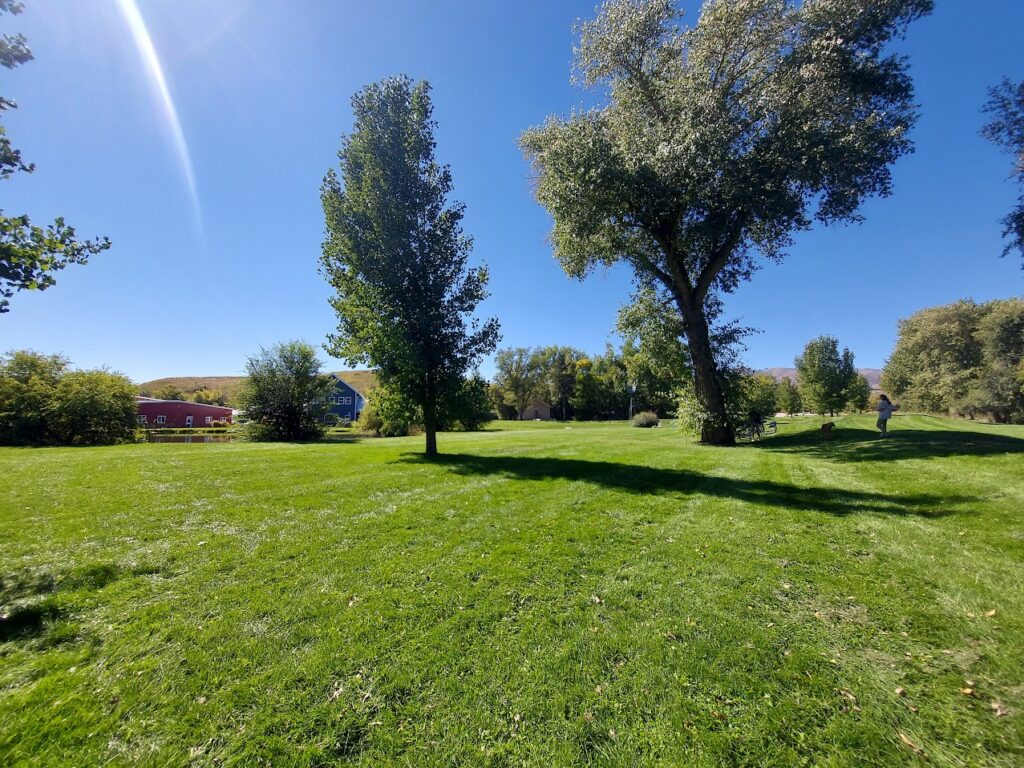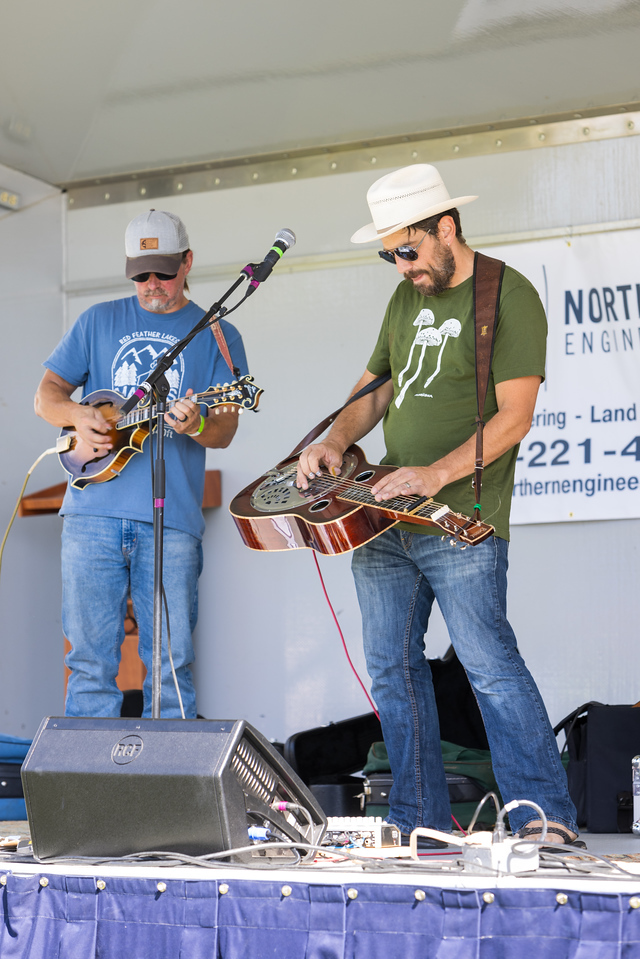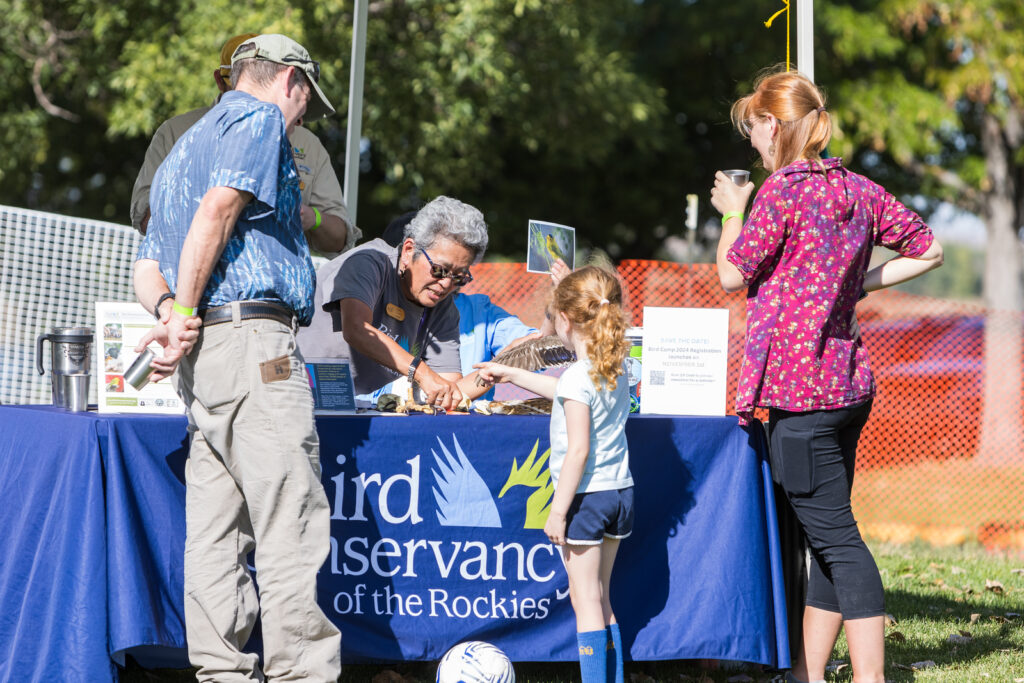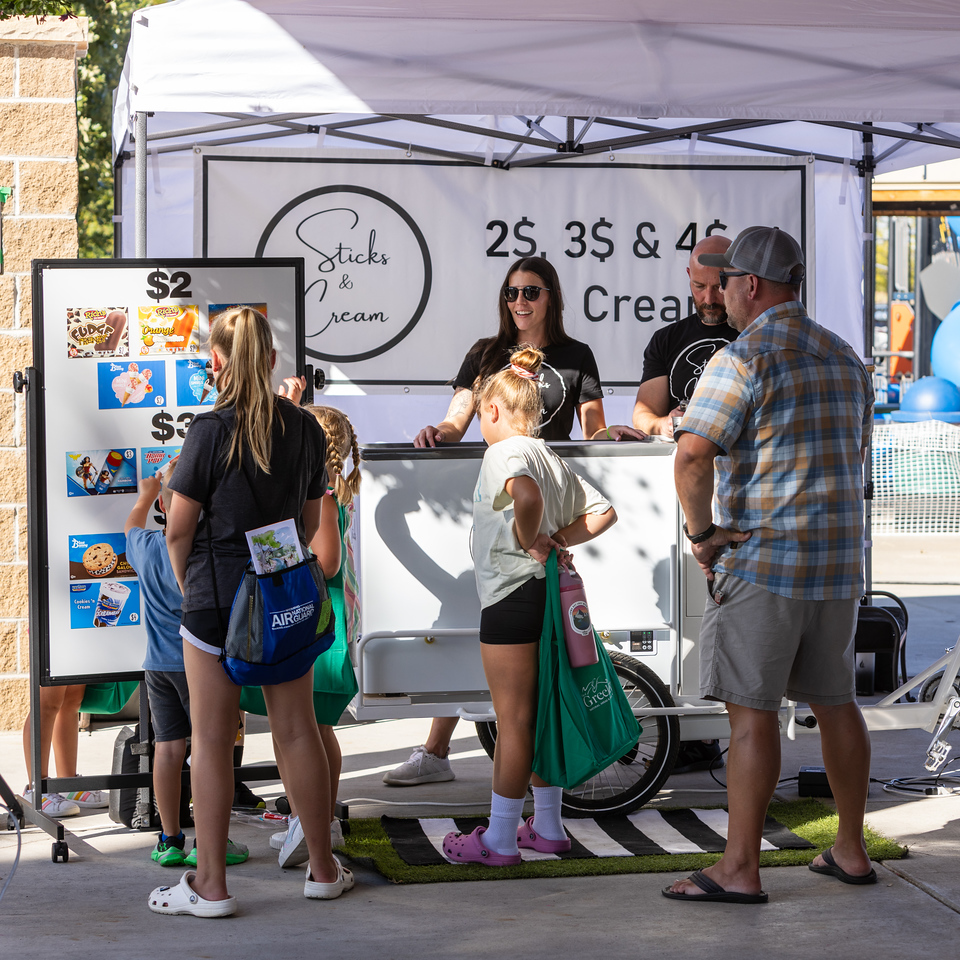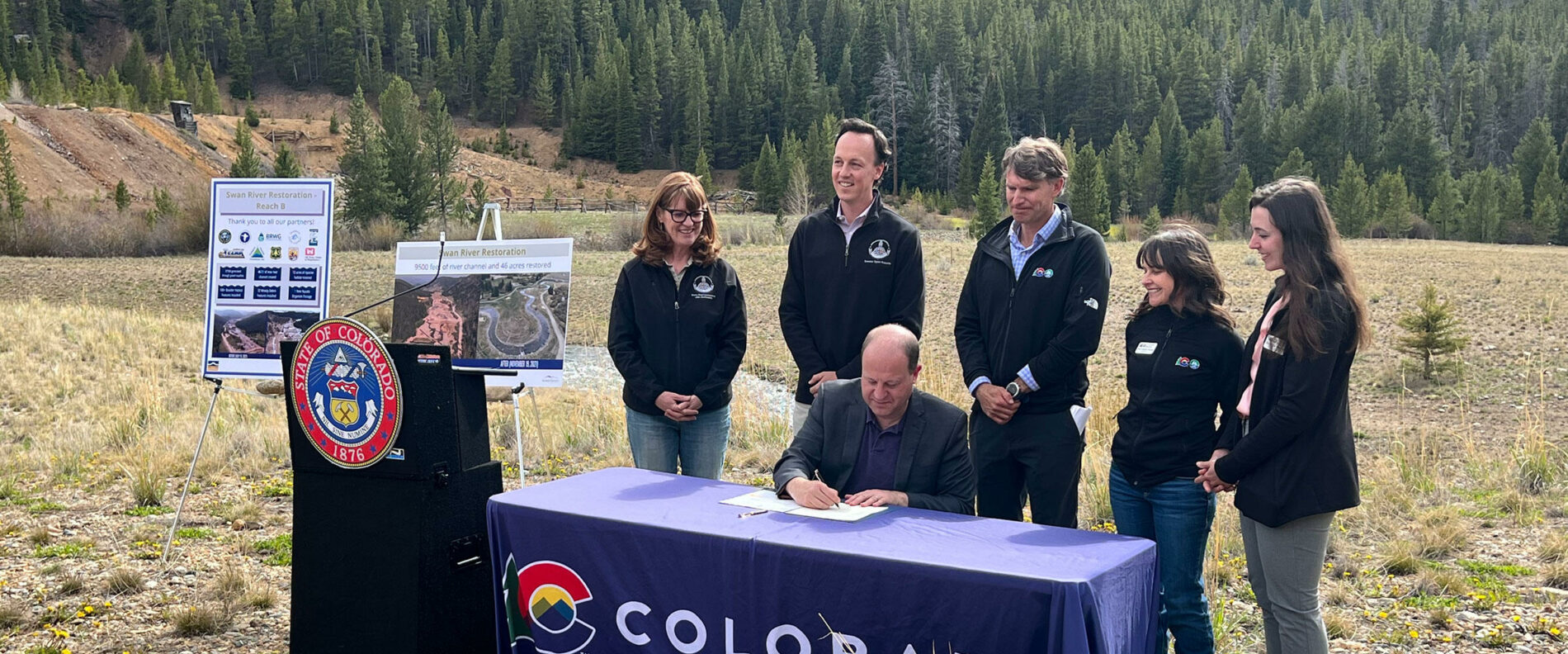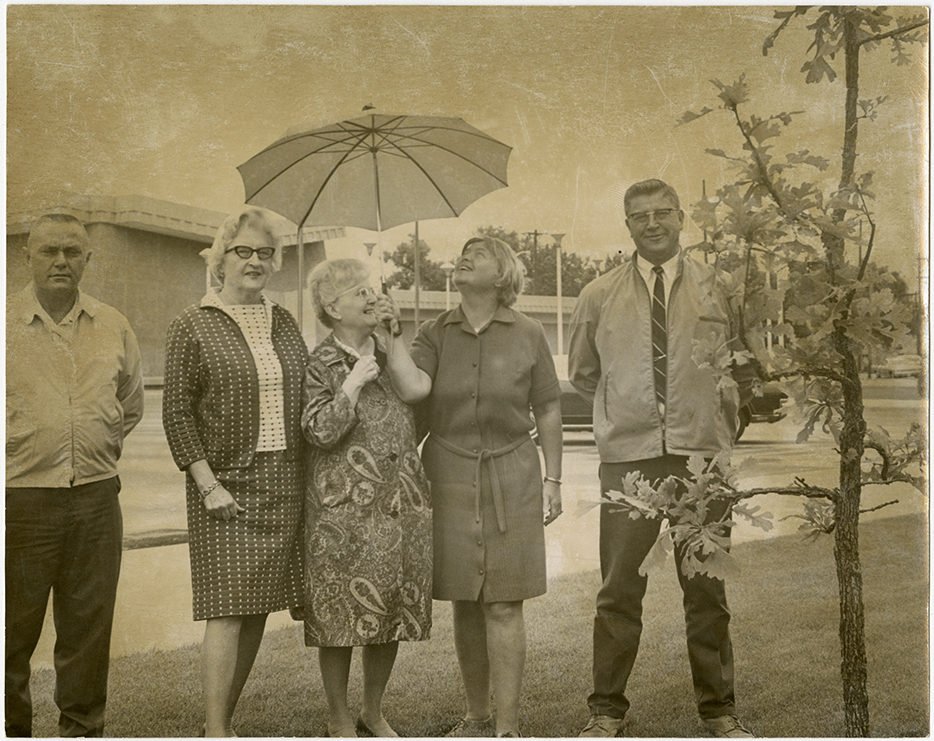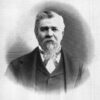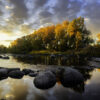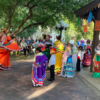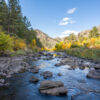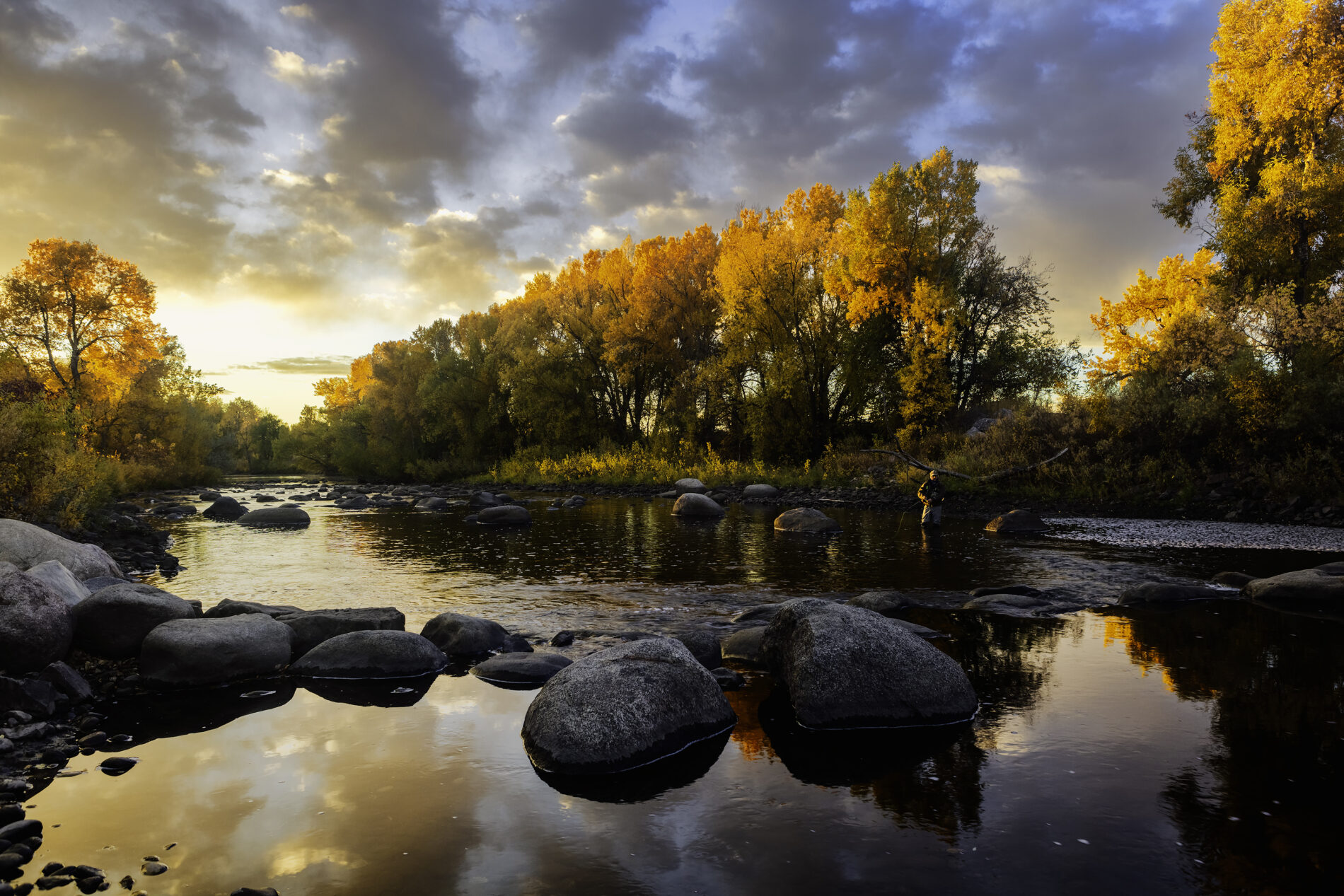
Photograph: A word whose Greek roots mean “written in light.” A photograph captures a moment in time, a memory, even a feeling. These moments create a visual story of the people, places, or objects in the photo.
The Cache la Poudre River National Heritage Area’s annual photo contest provides a platform for individuals to tell the story of our heritage area through the visual representation of photography. The Capture the Cache photo contest celebrates the natural beauty, culture, and heritage of the Cache la Poudre River National Heritage Area. The contest is an opportunity for amateur or professional photographers to express their creativity while exploring the heritage area.
”Eternal glory! That’s what awaits the student who wins the Triwizard Tournament.
Professor DumbledoreThe Goblet of Fire, Harry Potter Series
Unfortunately, there will be no eternal glory, but you will obtain bragging rights as a winner of the Capture the Cache photo contest! There will be a chance to win cash and non-cash prizes too. Competitors must be 16 years of age and older to enter.
The contest ends on May 10, 2024, so get your cameras snapping!
The heritage area extends for 45 miles and includes the lands within the 100-year flood plain of the Cache la Poudre River. It begins in Larimer County at the eastern edge of the Roosevelt National Forest and ends east of Greeley, a quarter mile west of the confluence with the South Platte. Photos must be taken within the confines of the heritage area. Full list of rules and regulations.
2024 Categories
Outdoor Community Culture
Outdoor Community Culture photos are meant to capture the community of the Cache la Poudre River and surrounding river corridor. This could include anything from dogs, music festival, brewery patio life, photos of the scenery along the many hiking and biking trails, and/or attendance of community events. These photos are meant to capture the essence of what it is like to live in the heritage area. This is YOUR community, so show us the community through your eyes!
History Along the River Corridor
The Poudre River is as rich in history as it is in natural wonders. History Along the River Corridor hopes to showcase the plethora of historical sites and stories along the corridor.
These could include spots such as 1979 Avery House, 1883 Water Works, B.H. Eaton Ditch, Bingham Hill Cemetery, Cache la Poudre Marker, City of Natural Area and Trails Division at Signature Bluffs, Council Tree, Great Western Sugar Beet Flume and Bridge, Greeley Ditch #3, Greeley History Museum, Kaplan-Hoover Bison Bone Bed, Lake Canal Museum of Art Fort Collins, Pleasant Valley School House, Strauss Cabin, Von Trotha-Firestien Farm at Bracewell, Windsor History Museum and more. This is a list to get you started.
In Motion
The river corridor is always in constant motion, whether it’s water flowing, a cyclist biking along the trail, or a train crossing the bridge over the river. These photos are meant to capture the movement of the river and the surrounding river corridor. This could include but is not limited to people cycling, hiking, or rafting, and/or running water, and moving trains.
Q&A with the 2023 Winners
Terry Walsh
3rd place Recreation & Lifestyle
What did you enjoy most about the contest?
When I heard about the contest, I thought it would be fun to enter and hopefully get my photos seen by others. But honestly, the most enjoyable part of entering was going back through my photos and choosing which ones to submit. That gave me the chance to relive some great memories and enjoy the Poudre all over again.
Why did you decide to enter the contest?
I was hoping to get recognition for some of my photos if they won, but just as important was the idea of sharing my photos with others. The river has so much to offer that it is good to see the organization getting more people to see what the river and surrounding area has to offer.
John Bartholow
2nd place River Reflections
What did you enjoy most about the contest?
Of course, I enjoyed “winning”. But frankly, I think our whole community “wins” when we — as a community — appreciate the Cache la Poudre River’s many assets. For too many years, the Poudre was essentially a dumping ground. Downtowns turned their backs on the river. All we could think about was pulling as much water out as the law would allow. Finally, those old ethics are changing. More and more people recognize the value of an ecologically resilient river for recreation, flood control, and other non-extractive uses. We have a lot more to do in terms of protection and restoration, but at least we are making progress. So, I do what I can to show the river’s beauty and how the community values water *In the River*, not just out of it.
Why did you decide to enter the contest?
Building on the first question, I enjoy photography and the Poudre has been one focus for years and years. I enjoy sharing my work for almost any non-profit that has a use for it — again, hoping to appeal to the ‘better angels’ of restoration and protection. The river itself has no voice; we must be that voice that welcomes a cadre of supporters.
Dave Cho
1st place History & Culture
What did you enjoy most about the contest?
I most enjoyed getting to know the river much more than I had previously known. Looking for and finding interesting spots and features forced me to get more familiar with the areas in and around the river and the surrounding areas. I found a new appreciation for beauty and recreational opportunities as well as the people and organizations that work on conservation efforts.
Why did you decide to enter the contest?
I’m a photographer hobbyist and some friends encouraged me to enter the contest. I thought it would be fun and challenging and a great excuse to go out and photograph. The different categories within the contest provided a nice incentive to see the river in different ways and forced me to expand my vision on what is possible around the river.
Greg Boiarsky
2nd place History & Culture
What did you enjoy most about the contest?
I got a chance to look at the Poudre River in a different light. It made me walk (and bike!) along the trail just looking for historic sites and photographing different aspects of the trail than I had photographed before.
Why did you decide to enter the contest?
Honestly, it was fun to try my hand at winning a contest with my photos. I like sharing my photographic perspective with friends and the wider community. You can’t swing a cat without hitting a fabulous photographer in Fort Collins, so it was an honor being chosen.

